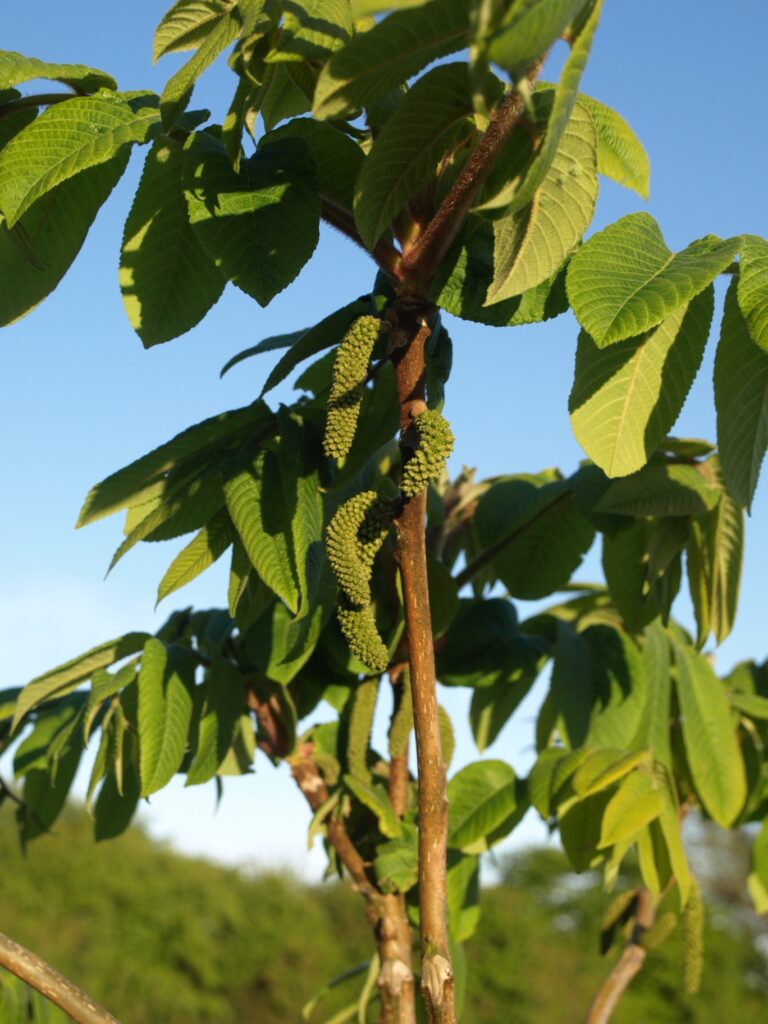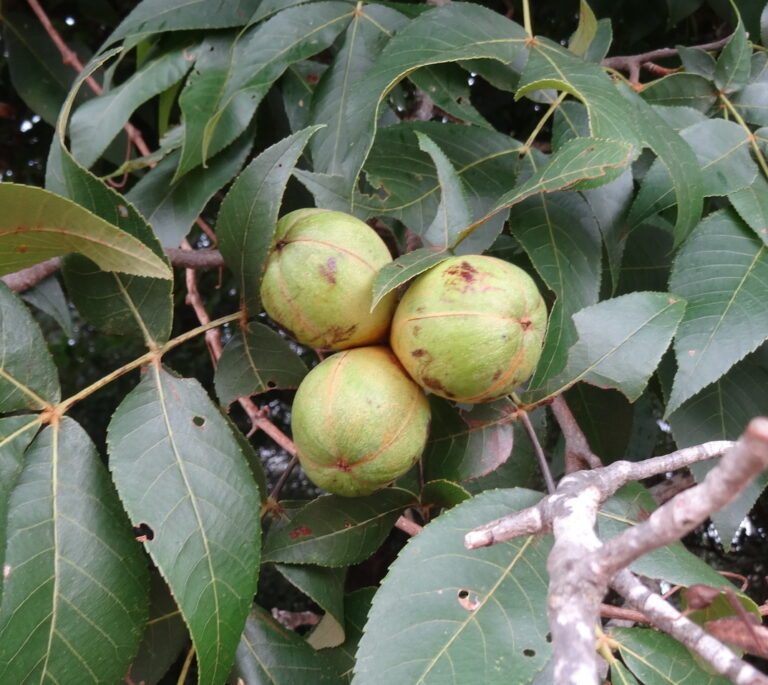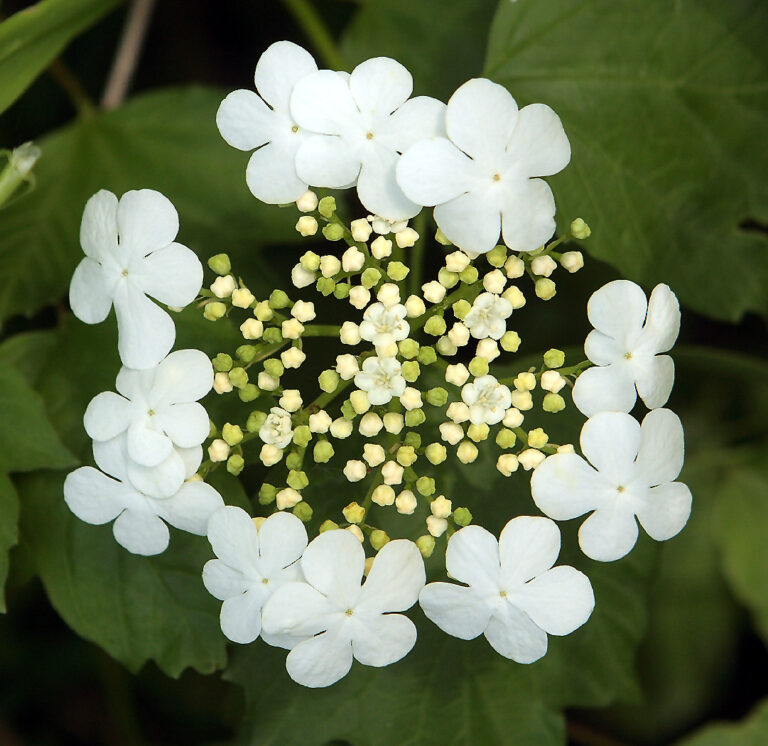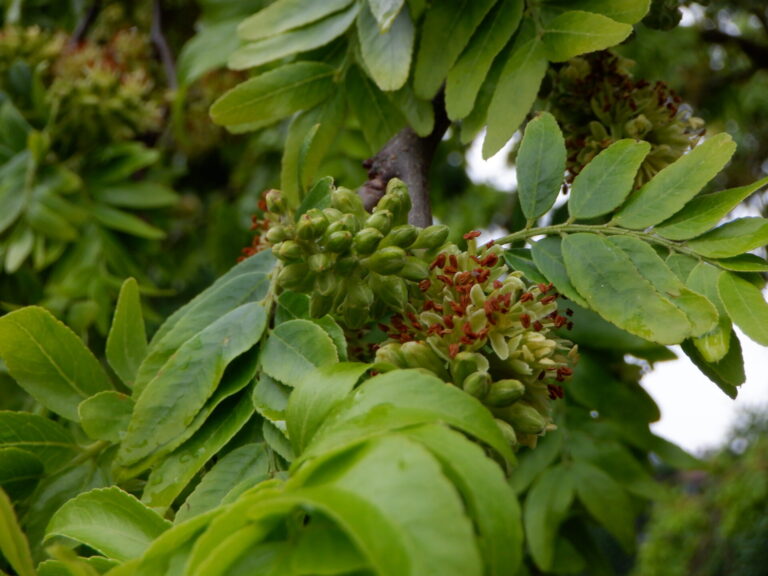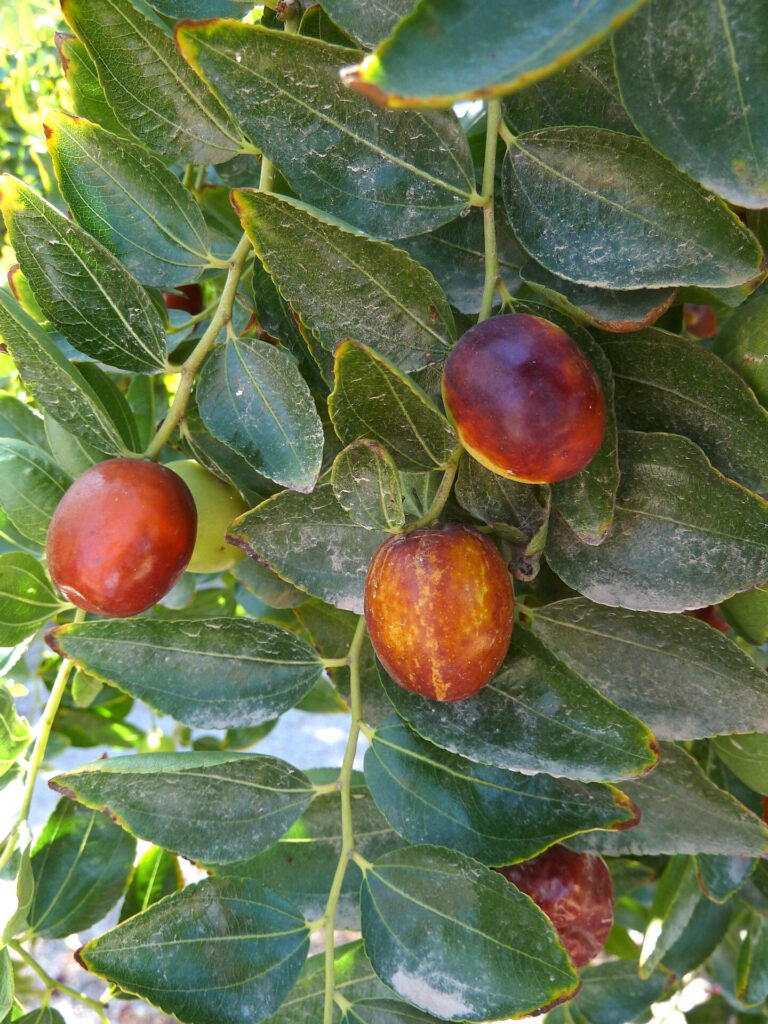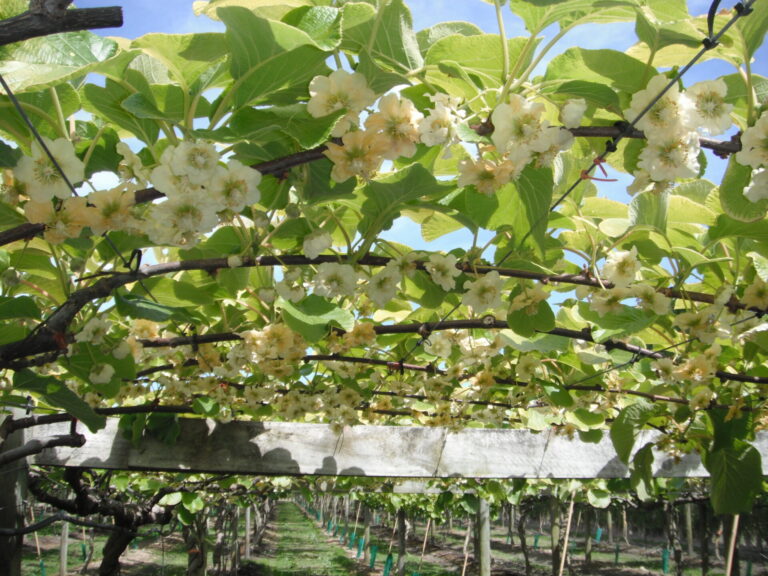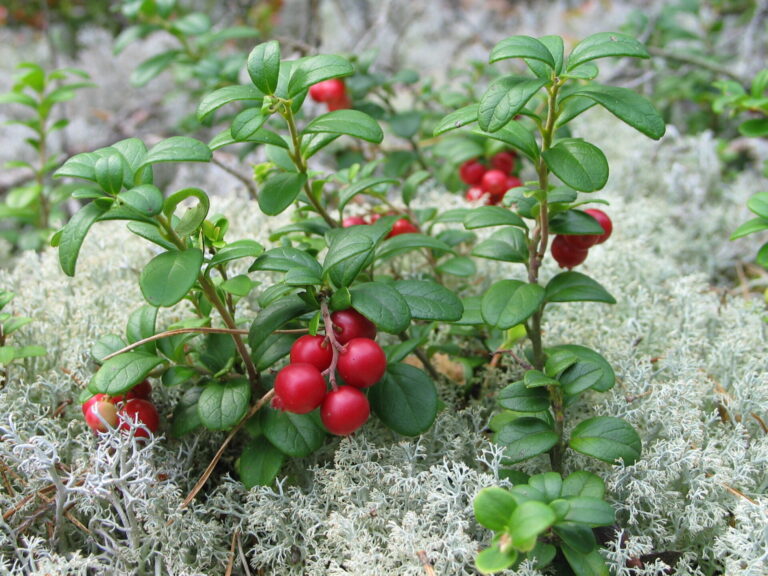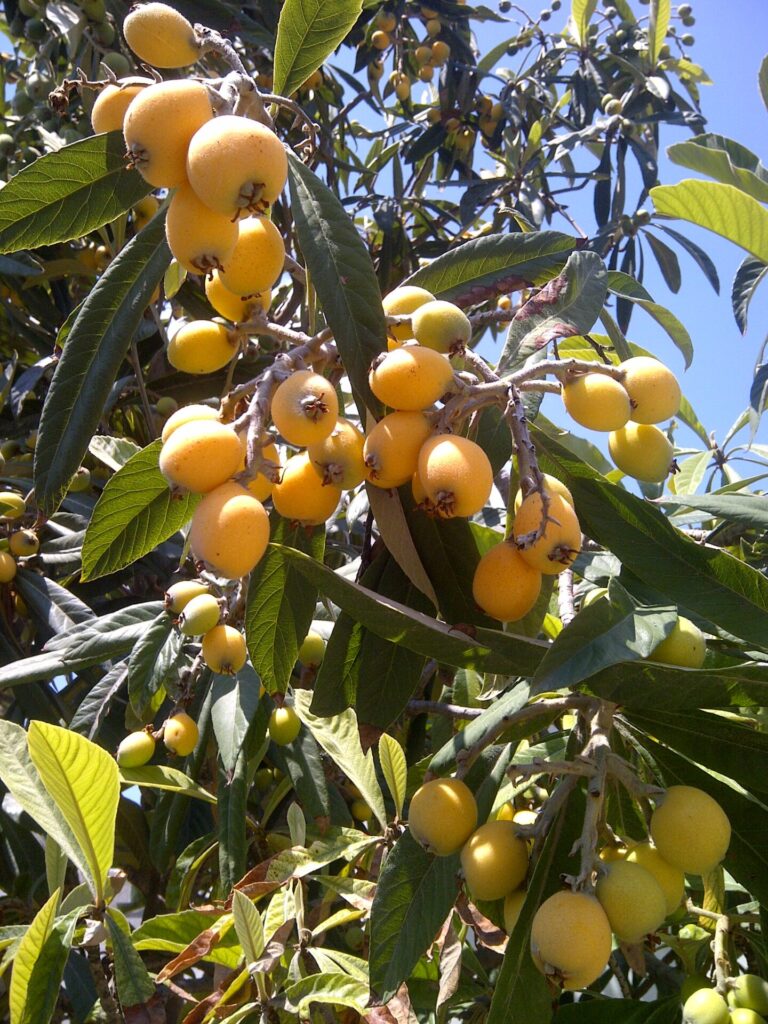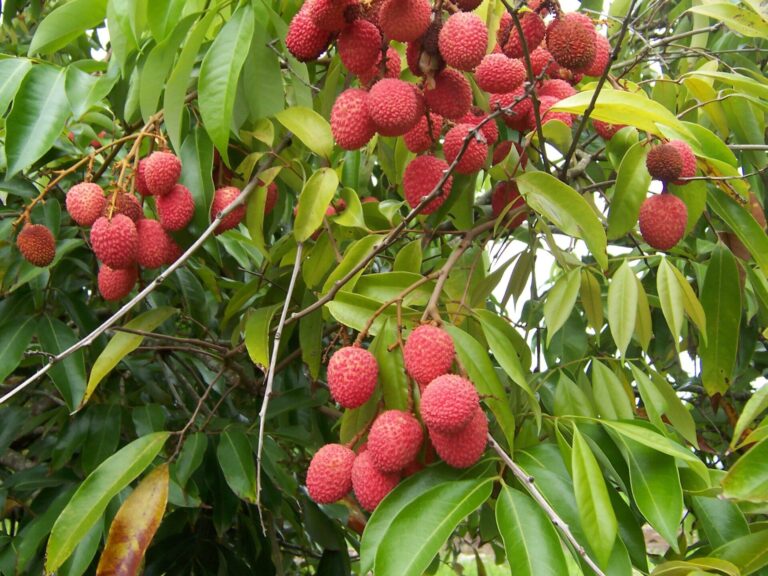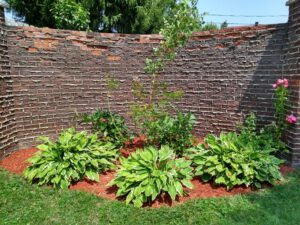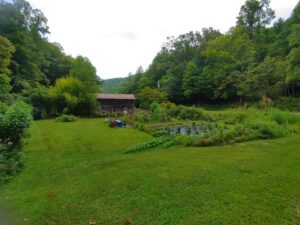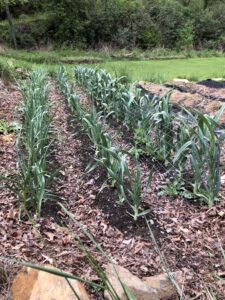
Hazelnut Shrub or Tree
This deciduous shrub or small tree of the family Betulaceae (Birch) is what we can thankfor the delicious hazelnuts that we find ourselves enjoying. Corylus avellana (Common hazel tree) is arelatively carefree plant. Corylus americana (American hazelnut) is a great choice for northern growers, tolerant to both heat and cold, and resistant to Eastern filbert blight) / Corylus maxima (Red filbert) is referred to as the giant filbert. They are a few of the most commonly grown varieties and can range from 8 to 20 feet tall with a 5 to 15 foot width grown as shrubs or small

